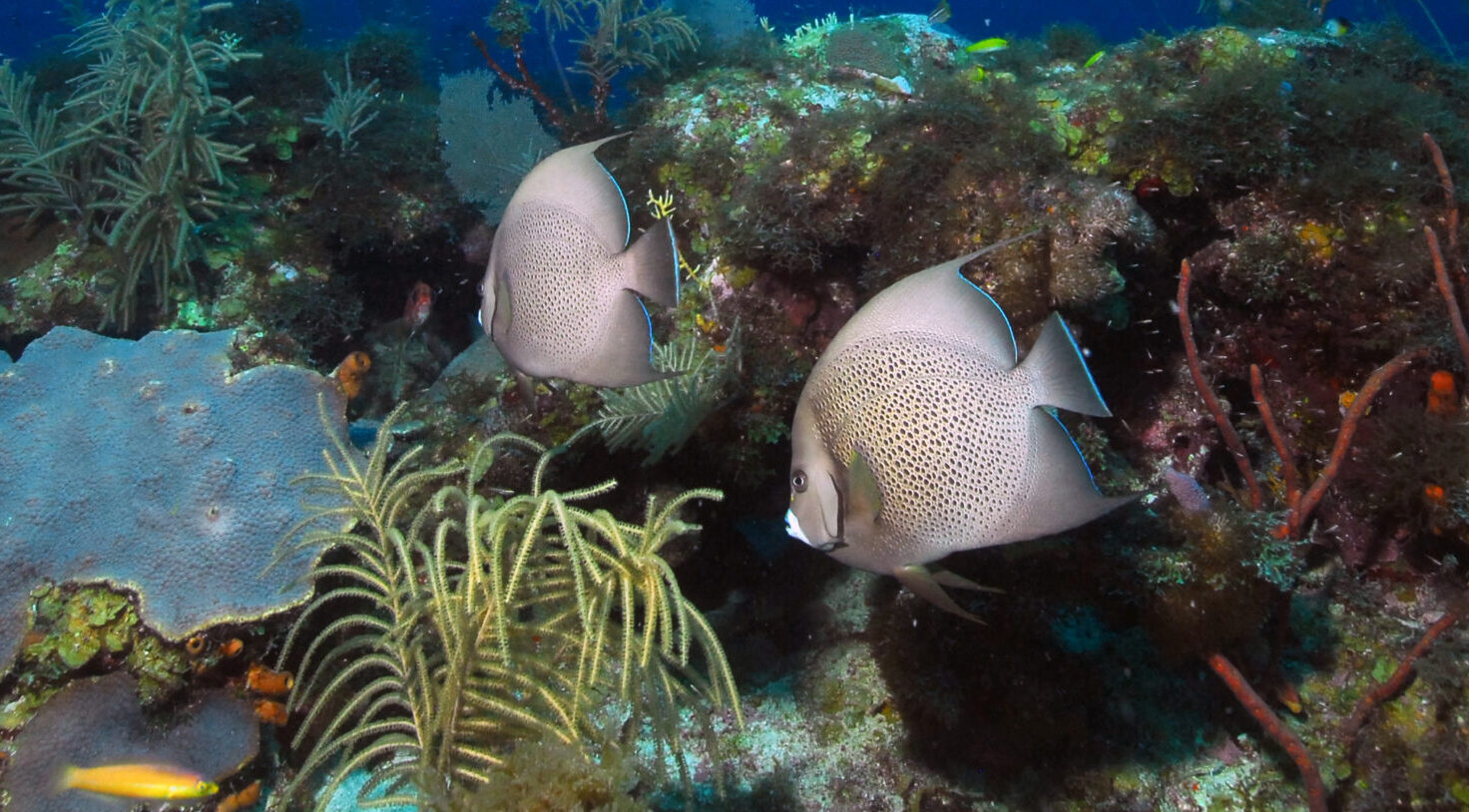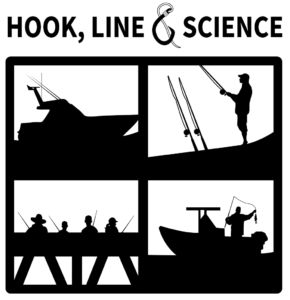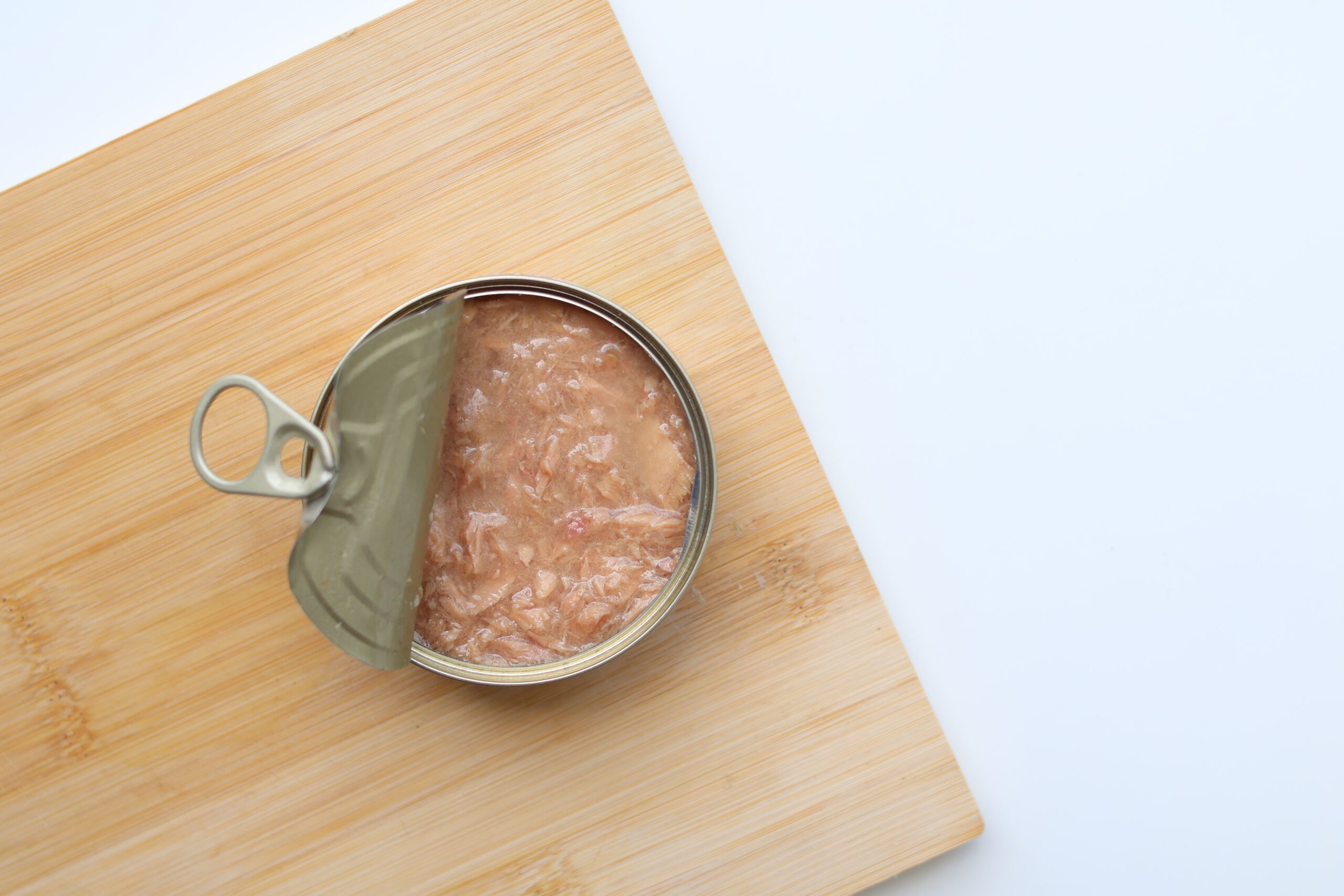Should We Be Worried About Ciguatera Fish Poisoning in Offshore NC Waters?

Reef composition and changing environmental factors are key to better understanding this potential threat.
Research Need
Reefs are home to tiny algae that live on corals and seaweed. One of these algae (Gambierdiscus spp.) produces toxins that can cause ciguatera food poisoning in humans who eat contaminated fish.
Ciguatera, the most commonly-reported seafood-related illness in the world, causes nausea, vomiting, and diarrhea, as well as neurological symptoms like numbness and tingling. Cooking fish does not destroy the toxin, which exists most often in the fish head and organs.
Several clusters of ciguatera poisoning have occurred in North Carolina, and scientists expect cases of ciguatera — including in our state — to increase with climate change and rising sea temperatures.
But how common, today, is the algae that causes ciguatera fish poisoning on North Carolina’s natural and artificial offshore reefs? A team of researchers studied the relationship between these harmful algae and whether certain reef materials might lead to more poisonous fish.
What did they study?
Scientists collected samples from 13 natural and artificial reef sites off the coast of North Carolina in the summers of 2021 and 2022. Natural reefs were made of calcium carbonate rock, or marl, while artificial reefs were made of concrete or steel. The team conducted experiments to see which materials the harmful algae preferred for growth.
What did they find?
Researchers did not find any harmful algae that causes ciguatera food poisoning on the reefs they sampled.
However, in the lab, the algae grew best on natural rocky material and worse on the artificial materials, especially steel.
Anything else?
The best material for artificial reefs depends on the goals of resource managers. If the goal is to mimic natural rocky reefs, concrete or marl is best.
If the goal is to increase plant and animal life and biodiversity overall, steel is best. Steel may also limit the growth of the harmful algae that causes ciguatera poisoning, though more research is needed to see how well steel prevents growth of the algae over time.
So what?
The absence of the harmful algae in this study’s reefs suggests a low risk of ciguatera fish poisoning, at least at the time of sampling. However, it’s possible the researchers didn’t find any harmful algae because the water temperatures at the sites were relatively cooler (77°F to 79°F) when they took their samples. The team only sampled during summer months, so further researcher throughout the year is also necessary.
Anglers should still be aware of the possibility of ciguatera poisoning, particularly in certain areas. Artificial and natural reefs further offshore experience warmer temperatures because they are closer to the Gulf Stream. These reefs — many of which are popular fishing sites — may harbor more of the harmful algae that causes ciguatera poisoning.
For now, it seems the algae is mostly contained to sites further offshore — but with rising ocean temperatures, the algae likely will also grow closer to shore. Long-term monitoring of natural and artificial reefs is crucial.
Reading
Lim, P., Paxton, A. B., Taylor, J. C., Hall, N. S. (2023). Survey of epiphytic microalgae to evaluate risk of ciguatera fish poisoning across natural and artificial reefs in North Carolina. Frontiers in Marine Science, 10, 1-10. https://www.frontiersin.org/articles/10.3389/fmars.2023.1232524/full
BY MAYA AFILALO.
The text from Hook, Line & Science is available to reprint and republish at no cost with this attribution: Hook, Line & Science, courtesy of Scott Baker and Sara Mirabilio, North Carolina Sea Grant.

- Categories:



